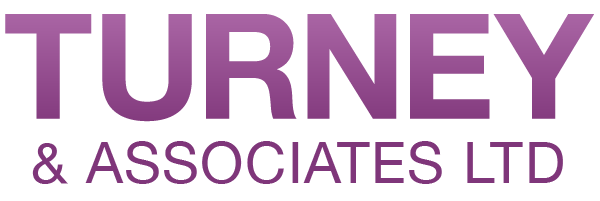This is a paragraph, the default type of block.
This is what happens after pressing ‘return’ when writing, a new paragraph block is started.
This is what happens when holding shift and pressing return (Shift+Return), a new line break is added in the current paragraph.
You can change a block’s type after adding text. I have already typed this in and then afterwards changed this block to a ‘quote’ by clicking the icon on the far left of this block’s toolbar. I then added more text to this block.
And a citation – who said it, eg. John Smith
This is an H2 heading
This is a paragraph.
This is an H3 heading
This is a paragraph.
This is an h4 heading
You can add headings, or change blocks to be headings, after setting a block as a heading, click on ‘H2’ to change it to another size/style heading.
Try not to use H1 headings, as these are typically reserved for the page title (set in the post template).
H2 headings should be the most frequently used, these will be typical sub headings, and then if you need a sub-subheading, an H3, H4 or H5 might be more appropriate.
Column in a columns block
This is a paragraph in a column in a columns block.
And another paragraph inside the column, with a little more text inside of it to see how the gap is formed between columns automatically. This is a standard structure, and should be kept consistent throughout all posts where used.
If a change to any content styling/structure is needed throughout the site/posts eg. colours, layout, spacing of particular elements etc… please ask for these changes to made globally, so they are applied to all posts, rather than trying to manually edit each post separately to match.
Consistency is key for a professional appearance, and this is best done through template styling, let me know about anything that you would like to alter globally, across all posts.

This is also a column in a column block. I moved this paragraph below the image after adding it, by clicking the small ‘down’ arrow in the block toolbar that appears when hovering the cursor over the block.
Sometimes when you move the cursor and hover over a block, the individual block toolbar may appear and be in the way of reading what you have written… just click outside the block, in some blank space to the side, and the block toolbar will disappear.
This is a new paragraph after the column block.
You might notice that when viewing a draft of the post, or after publishing and viewing the post on the ‘front end’ of the site (what the public see).. the first image you have added to the post is also at the top.
The top image is what is known as a ‘featured image’. This will by default use the first image included in the post.
Featured images
You can set a different featured image though, just look to the right when editing a post, you will see in this right sidebar a few options.
There are tabs for controlling the current ‘block’ you are editing, and also another tab for the whole ‘post’.
Click ‘post’ and you can see that there is a section for ‘featured image’, here you can set a featured image from the media library or upload a new one. Landscape oriented images (width longer than height) work best as featured images, rather than portrait ones (height longer than width).
If you just want one image at the top, then add it as a featured image, don’t include it in the body of the post content.
This image below is another that is included in the body of the text content, this time in the general flow of content, not inside a column.
If the image dimensions are large enough it will fill the width of the content area. eg approx 900pixels wide on desktop computer with a large monitor .

If you would like to add reference links, sources etc.. you might like to do this after a separator.
Above this line is a separator block.
Don’t use these unless the content is very different, such as adding sources and reference links after finishing the post.
You shouldn’t use separators in typical post writing, using subheadings to define content/subject matter and separate different content is a much better way to keep the reader reading.






